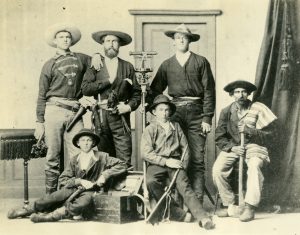Sustainability truly begins with indigenous peoples who always aim to understand their surrounding environment. Their traditional knowledge of the land allows them to be connected to nature in a way that is often lost today.
With the Agricultural and Industrial Revolutions, humans began to try to control nature in order to feel more secure with their resources. After mass development of this, many societies evolved to prioritize profit over paying attention to their impact on the environment. It is true that before the mid-1950s there was less scientific knowledge about how human industry offsets the balance of nature. It wasn’t until 1962 when Rachel Carson published her revolutionary book, Silent Spring, that society started to look at its relationship within ecosystems. Carson made a solid argument that industry was poisoning people and animals with nasty man-made chemicals. This led to the empowerment of communities that were affected by hazardous waste to stand up and fight for their right to clean air, water, and land.
The first organized Earth Day was April 22nd, 1970. This event encourages a celebration of our abundant planet along with the crucial addressing of how we can treat our home better. Everything we do is interconnected with the rest of nature. All humans live on the same planet so we must all consider our individual impacts while also voicing concerns to the greater industrial activities that are occurring. One key action is to perform a life cycle analysis of any material that you may use, create, buy, etc. Do you know what resources were used to create this product? How long are you using it for? Where will it go when you are done? Is there a more sustainable option you can find?
Circling back to indigenous communities, I believe they are closer to nature because they are mindful of their actions. Traditions arose that have meaning and withstand the test of time. Nowadays, with the distractions of the internet and our busy society, it is all too easy to forego mindfulness. However, I urge you to pause and deeply analyze how you and your family and friends are treating the earth. Acknowledge what you discover as this is the first step to doing better for our planet. Next, embark (or continue) on the journey of sustainability, remembering to be compassionate and patient with yourself and others. Do research, have conversations, and act sustainably for we all have a role to play. In our global and local communities, we can come together to create and manifest a greener present and future by learning from the past.


